I recently had a “Full Monty” encounter with a big ol’ rattlesnake. I was hiking above Fern Lake on Sonoma Developmental Center open space lands when I turned onto an asphalt path at Camp Via. Shocked to a standstill by shrill rattling and hissing, I then spotted the snake coiled up high with mouth open and tongue flicking a second before I almost stepped on him. Amazing how far and fast you can jump backwards and turn and run. Looking back, I saw the snake quickly headed for cover.
That was the closest call with a rattler over years of hiking and backpacking. The snake never tried to bite; and I have never been bitten. Even at the memorable backpack to Tehipite Valley in King’s Canyon where we camped literally on top of rattlesnake central. I’ll never forget the leader asking me if I saw the big rattler that just slipped past my tent. They were everywhere, but no one got bitten. We hightailed it out of there at first light the next day.
Most of us have an instinctual fear of rattlers. Or even a phobia. The good news is that rattlesnakes want to stay as clear of us as we do of them. The most likely person to get bitten is the average young male who decides to pick one up. Otherwise, snake bites are rare, and few folks ever die from a bite.
Sonoma Valley is rattlesnake country, specifically for the northern Pacific rattlesnake. Now that spring is here, rattlers big and small are emerging from cold weather hideouts under rocks or maybe your back deck. We need to pay attention to where we put our hands and feet, whether in our backyard or out on the trail, to avoid snakes.
“Saw two baby rattlers on the trail at Sonoma Valley Regional Park a couple of days ago,” hiker Anna R. told me a few days ago. Baby rattlesnakes emerge fully formed, after being incubated in eggs inside the mother’s body. They are not any more dangerous than an adult and have less venom to inject if they were to bite.
Many species of snakes live in our area, including the harmless gopher snake that has brownish skin with diamondback designs similar to a rattlesnake. But a rattlesnake has a distinctive triangular shaped head, with a tapered neck and thick body, large scales, and a rattle at the tail, as described on the Regional Parks website.
The fear and fascination with snakes are deeply embedded in the human psyche, dating back thousands of years. Ancient ruins around the world depict snakes and serpents in sculptures, rock paintings, and pictures carved into stone. Whether it is the serpent in the Garden of Eden or the rainbow serpent of Australia the snake has been present in our dreams and myths for centuries.
Watching a docu-series called Ancient Apocalypse, I learned that some ancient people called comets the serpents of the sky. It was also fascinating to find out about the mysterious Serpent Mound in Ohio constructed thousands of years ago. The curves in the giant earthen snake line up with the seasonal equinoxes and solstices. Across the country, Native American stories and images sometimes depict a horned serpent. The Medicine Cards tell me that the snake is a symbol of transformation.
Recently I happened to spot a red pickup truck heading up Grove Street with big letters on the door, Ramirez Rattlesnake Removal. So, I called to get some expert insight.
“Don’t let the rattlesnakes deter you from going on a hike or taking a walk to a great view, just pay attention, and give way to the rattlesnake if you see one,” nationally recognized “snake whisperer” Len Ramirez advised. “Stop, freeze, go around it. Stay on open trails.”
Ramirez says he stays busy all year humanely removing rattlesnakes from homes and backyards and safely relocating them to remote areas of Northern California. He doesn’t see people bitten as often as dogs or domestic animals. Keeping dogs leashed on trails and inside at night will help prevent a snake bite.
He said we will probably see more rattlesnakes as the temperatures heat up to 80 degrees or more. Snakes tend to be active both day and night depending on the heat. In summer, they are more nocturnal to avoid the heat of the day.
So don’t be surprised, like I was, if you come across a rattler or other snake in Sonoma Valley. Just look around and be aware, and step back if you run into a live one at home or on the trail.
What a wild Valley!
Teri Shore is a long-time environmentalist and journalist who has lived in Sonoma Valley for more than three decades. She is an avid hiker, backpacker, and wilderness advocate. As an environmental campaigner, she championed winning campaigns to preserve greenbelts and open space, creating safe havens for endangered species.

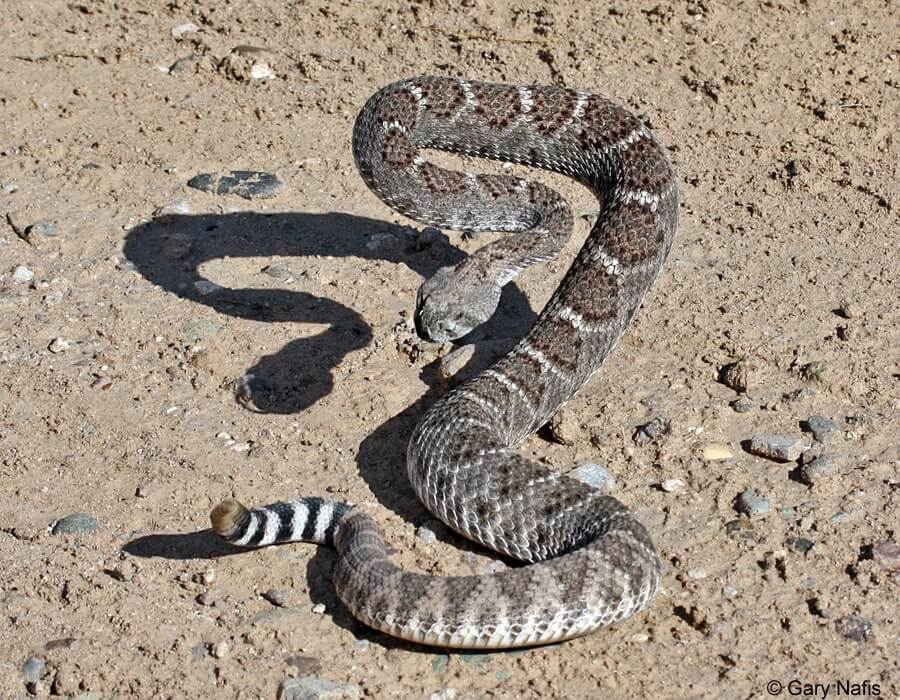
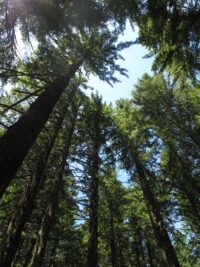
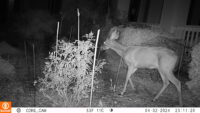
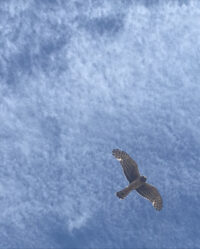
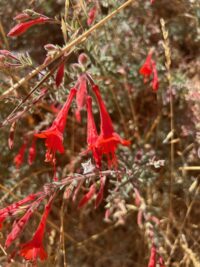
Be First to Comment